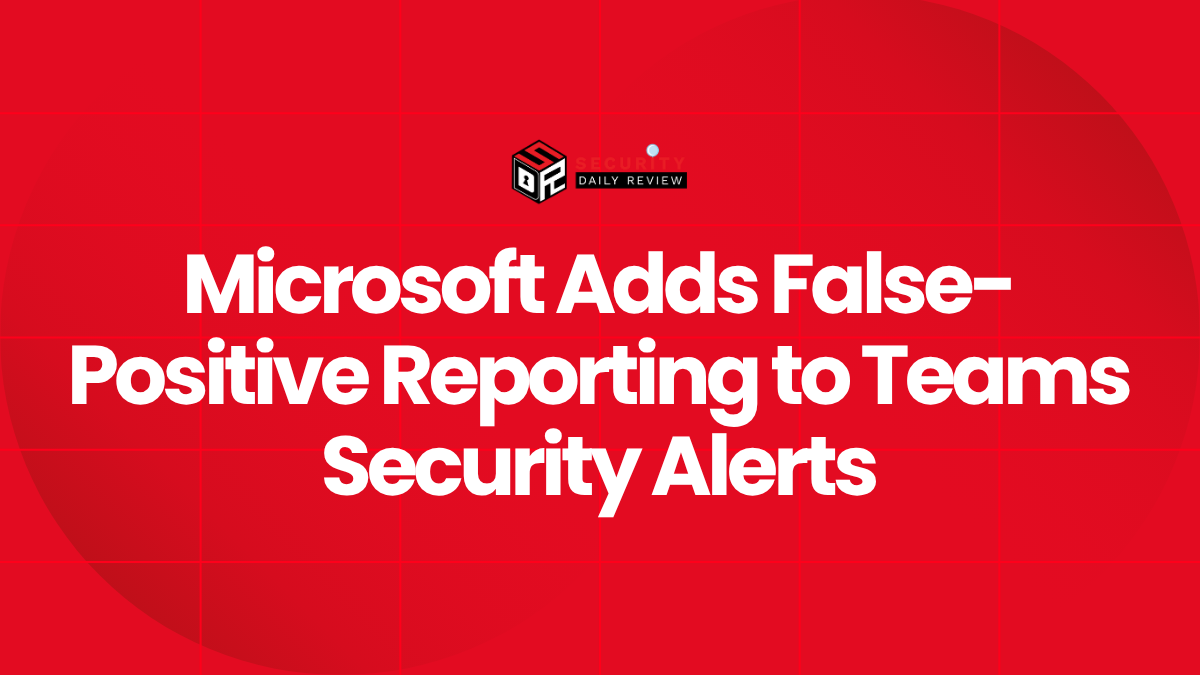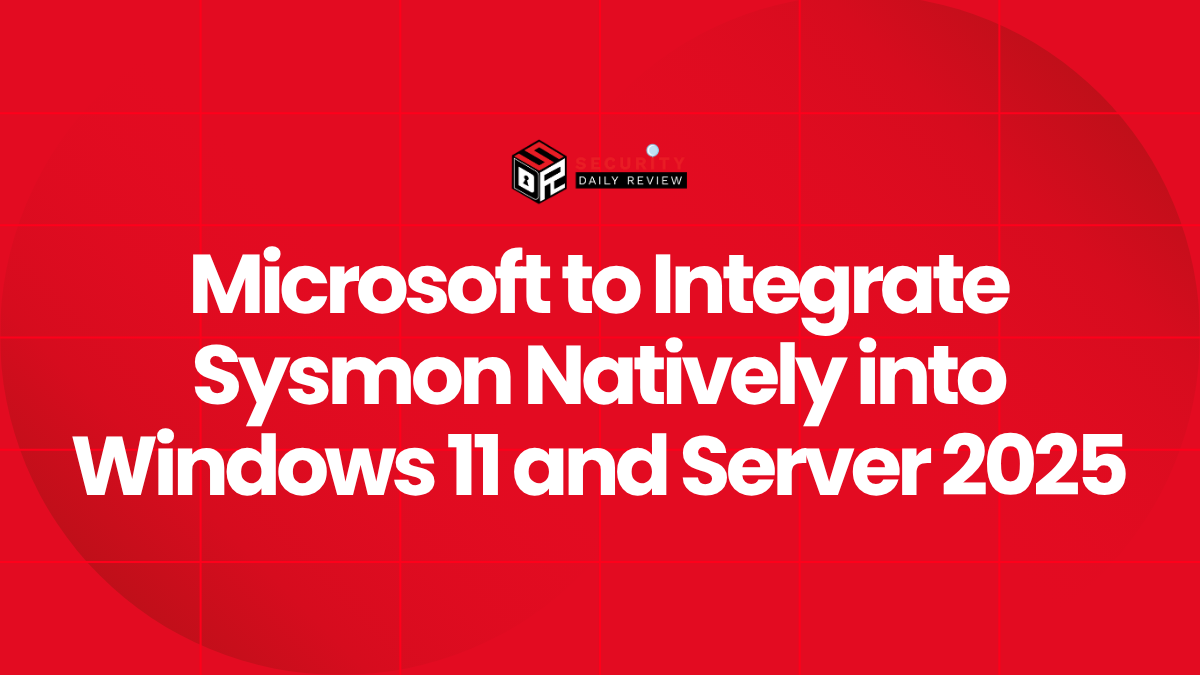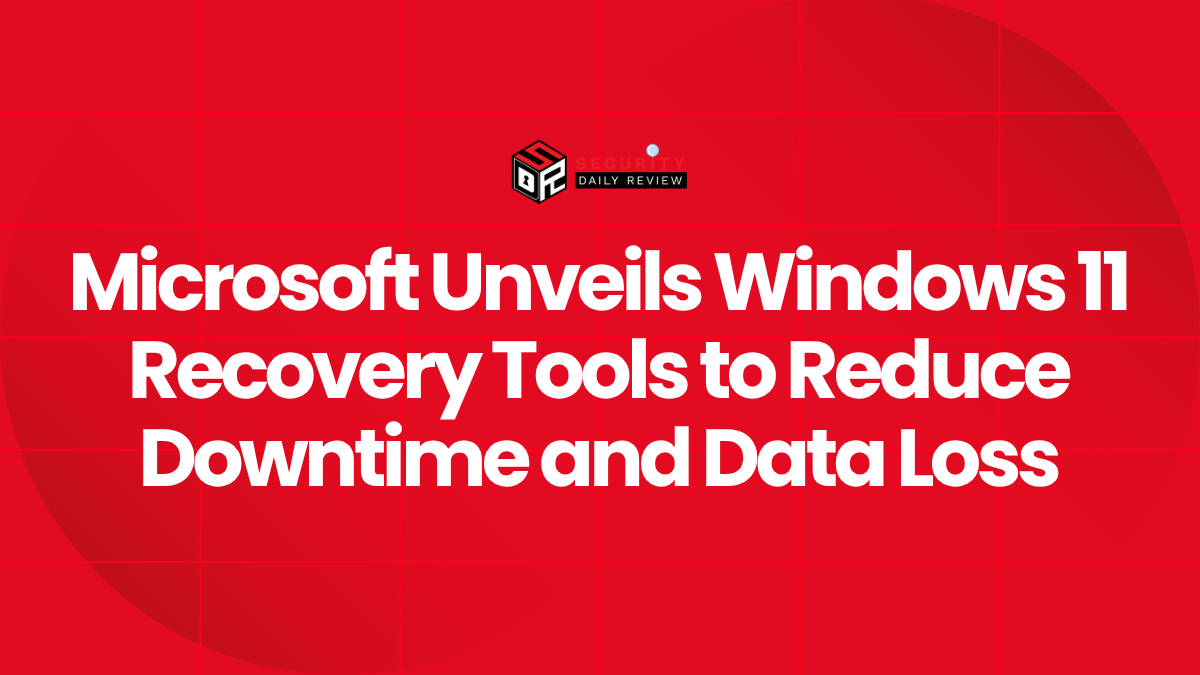A widening gap between cybersecurity strategies and real-world effectiveness is fueling growing concern among Chief Information Security Officers (CISOs) worldwide. Organizational defenses are proving increasingly inadequate against a threat landscape that is simultaneously more sophisticated, more AI-enabled, and more difficult to anticipate.
Multiple reports published in early 2025—most notably by the World Economic Forum, Horizon3.ai, Trend Micro, Forbes, and CompTIA—highlight a troubling pattern: While some metrics point to marginal progress, overall prevention effectiveness is on the decline. The reality for CISOs is clear—traditional models of compliance and passive defense are no longer sufficient.
Prevention Effectiveness is Declining as Threats Evolve
A growing disconnect exists between what organizations think they’re securing and what attackers can exploit. Emerging data shows that both internal missteps and external threats are contributing to organizations’ failure to prevent breaches before they occur.
Penetration Test Results Paint a Stark Picture
Horizon3.ai’s analysis of over 50,000 NodeZero® penetration tests exposes several operational gaps undermining cybersecurity effectiveness:
- 36% of CISOs acknowledge delays in patching known vulnerabilities due to difficulties in assessing exploitability.
- 41% of companies question the reliability of third-party penetration test reports, leading to flawed prioritization of threats.
- Credential-based attacks are disproportionately successful, cited as a top concern by 48% of organizations.
- Alarmingly, nearly 20% of CISOs admit penetration testing is still primarily compliance-driven rather than part of a proactive security approach.
These findings reflect a broader trend: prevention efforts are reactive, checklist-oriented, and often disconnected from real attacker behavior.
Data Exfiltration and Password Cracking are Still Rampant
Despite well-publicized advances in cybersecurity tooling, many organizations continue to fall short on fundamentals. Horizon3.ai’s real-world testing revealed ongoing vulnerabilities to:
- Password spraying and brute-force login attempts
- Misconfigured systems allowing lateral movement
- Inadequate active directory hygiene and privilege escalation
This underscores what many in the security industry already suspect: prevention is less effective when it’s not paired with persistent offense-informed defense.
New Threat Vectors Require More Than Incremental Improvements
As the attack surface expands, so do the means and motivations of attackers. Reports from the World Economic Forum and Trend Micro emphasize the systemic and environmental factors CISOs must contend with.
Supply Chain and Cyber-Physical Systems are High-Risk Targets
The World Economic Forum’s Global Cybersecurity Outlook 2025 highlights supply chain vulnerabilities as the top barrier to cyber resilience, cited by 54% of large organizations. Industries such as agriculture, construction, and education are especially exposed due to legacy systems and increased reliance on Internet of Things (IoT) devices.
Complementing this viewpoint, Trend Micro’s Cyber Risk Index (CRI) shows persistent “medium risk” levels across sectors, with the education sector notably facing the highest average CRI. Misconfigured Identity and Access Management (IAM) settings and lax cloud storage policies remain frequent issues across industries.
Geopolitics and Generative AI are Elevating the Stakes
Nearly 60% of companies surveyed by the World Economic Forum say geopolitical tensions are reshaping their cybersecurity strategies. This reflects the growing entanglement of cyber operations and political objectives—especially state-sponsored intrusions targeting critical infrastructure.
Additionally, 47% of organizations cite generative artificial intelligence (AI) as a major enabler for adversaries, amplifying efforts around phishing, impersonation, and misinformation campaigns. Paradoxically, while 66% anticipate AI’s positive potential in defense, only 37% have rigorous processes in place to evaluate security risks of AI-powered tools prior to deployment.
CISOs Face Resource, Talent, and Regulatory Bottlenecks
Even the most visionary prevention strategies falter without sufficient execution muscle. That muscle—found in skilled talent, enforceable standards, and cross-functional alignment—remains underdeveloped across many enterprises.
Cyber Workforce Challenges Undermine Long-Term Resilience
CompTIA’s 2025 cybersecurity report underscores the deepening skills gap: Despite expanded hiring, over two-thirds of organizations report moderate-to-critical talent shortages. Though many are building structured career pathways and layered expertise in-house, gaps remain even in stronghold areas like network security.
Fragmented Compliance Models Add to Complexity
Regulatory fragmentation is another factor stalling progress. More than 76% of CISOs say inconsistent regulatory frameworks across jurisdictions impede compliance and slow down implementation of robust cybersecurity strategies.
This patchwork of controls creates confusion and resource drag, often forcing organizations into superficial compliance instead of fostering true security maturity.
Rethinking Cybersecurity Starts with Prioritizing Prevention Posture
The key takeaway from the data: Prevention failure is not inevitable—but it is likely without adaptive strategies and continuous offense-informed validation. For cybersecurity effectiveness to rebound, CISOs must lead a shift across several domains:
- Move From Compliance To Proactive Defense
Penetration tests should inform daily resilience improvements—not just meet audit requirements.
- Invest in Exploit Prioritization Tools
Delay in patching stems from poor visibility into which vulnerabilities matter most.
- Develop AI Risk Mitigation Frameworks
AI is both a tool and a threat. Evaluating each use case through a security lens is essential.
- Bridge Talent and Tooling
Even best-in-class platforms will fail without skilled teams trained to operationalize them.
- Standardize Security Practices Across Borders
To build global resilience, organizations and regulators must push for aligned expectations.
Ultimately, CISOs are being asked to achieve higher performance with greater accountability and less certainty. The challenge now is to regain the upper hand—by moving beyond situational fixes and embracing architecture-level resilience in the face of accelerating threats.









